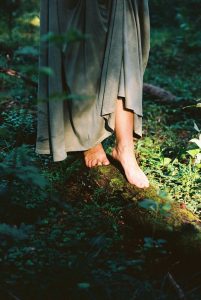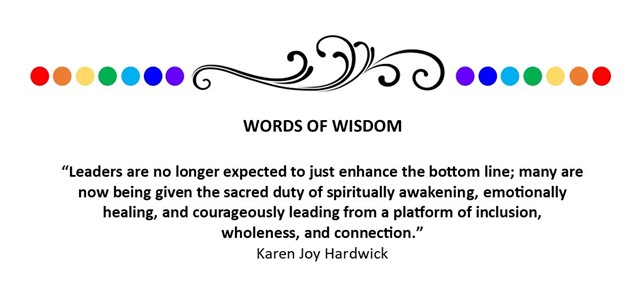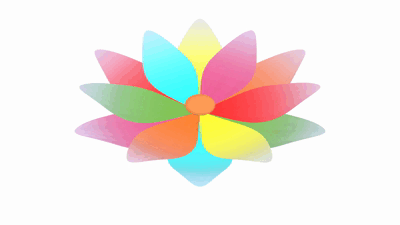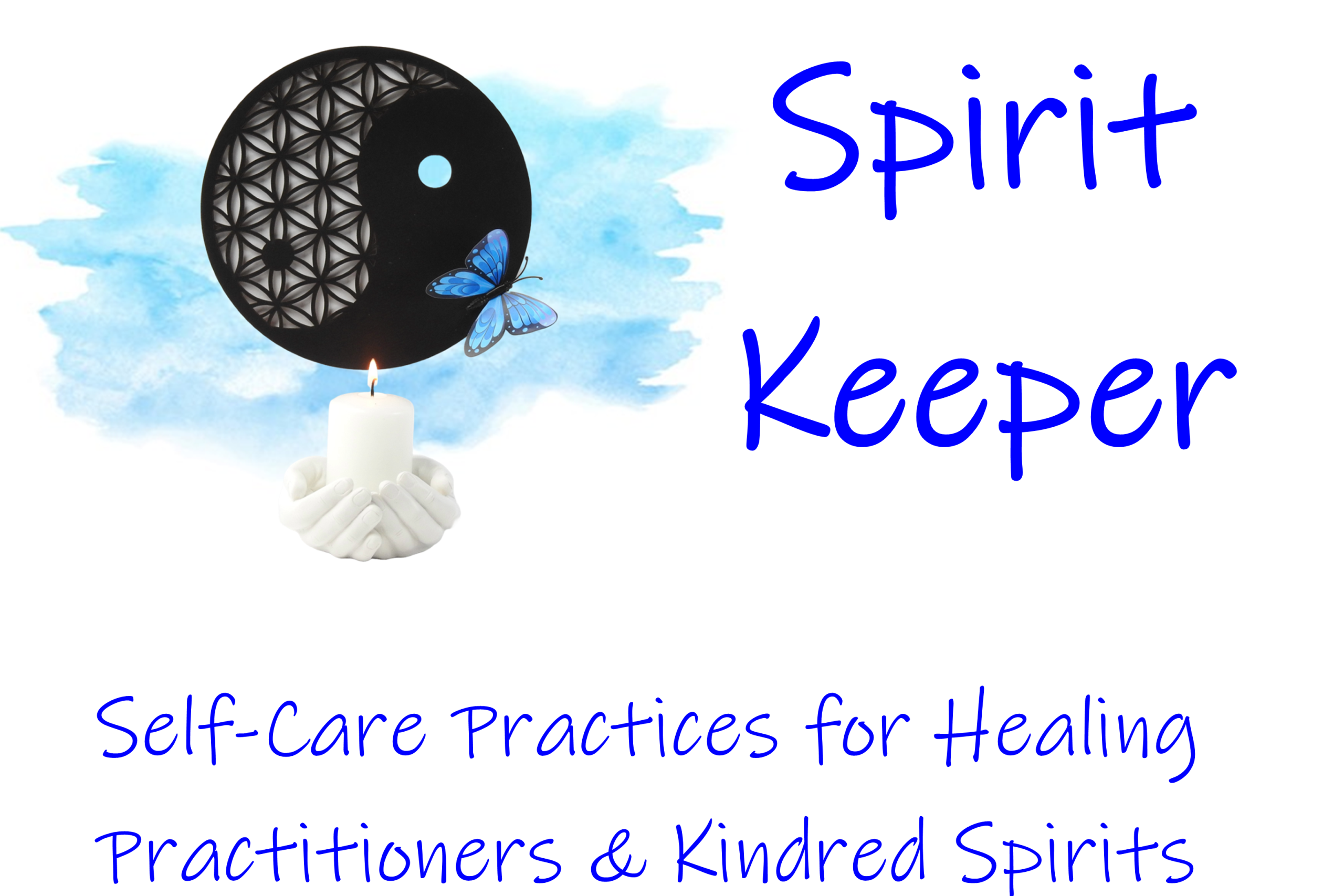Welcome, to Health & Wellbeing Magazine’s Spirit Keeper monthly column. We are one year old! This is the place where you will discover tips and practices for creating, developing and maintaining a personalised self-care practice.
In this second year of this column, I am expanding upon different exercises (rituals) which are spirit centred, mind centred and body centred. Each month will also come with a monthly challenge. The idea is to prove to yourself and your own clients’ the power of specific exercises (rituals) in integrating mind, body and spirit. After all, in order for there to be change within the world, we need to be the ones who are embodying it and grounding it.
In this month’s column we will be focusing on the spirit centred practice of grounding and centering.
![]()
Metaphorical Story Demonstrating the Power of Grounding & Centering
Once, high above the bustling valley, there flew a vibrant Kite. It was a marvel to behold: a kaleidoscope of colour dancing on the currents, always chasing the next gust, the next view. The Kite represented a soul caught in the ceaseless whirl of life’s demands—the pressures, the endless to-do list, the anxieties both real and imagined.
It was powerful and fast, but it was never truly still. Its string, which should have been a comfort, felt instead like a tether of obligation, pulling it in whichever direction the capricious wind dictated. One moment, it soared on a high-flying euphoria, convinced it could touch the clouds; the next, a sudden downdraft would send it plummeting in a stomach-lurching spiral of worry and doubt.
This constant, dizzying motion was taking a toll. The Kite’s silk was fraying with the stress of its non-stop flight, its frame rattled, and the vibrant colours seemed muted by an invisible film of exhaustion. It was utterly ungrounded.
The Discovery of the Earth Anchor
One blustery afternoon, during a particularly chaotic spiral, the Kite’s long string snagged on the thick, gnarled branch of an Old Oak tree. This was no ordinary tree; its roots plunged deep—deeper than any other in the valley—anchoring it to the very core of the Earth.
“Why the rush, little flier?” the Old Oak rumbled, its voice a low vibration that seemed to travel not just through the air, but through the Kite’s very fibres.
“I cannot stop!” the Kite cried, its voice a fluttery squeak. “If I stop, I fall! The wind demands I keep moving, keep striving, keep worrying about what’s next!”
The Old Oak simply smiled, its leaves rustling like gentle laughter. “You confuse motion with life. Look down.”
The Kite begrudgingly paused its frantic fight against the branch and looked. It saw the Old Oak’s massive trunk, a pillar of stillness. And then it saw its own string, no longer a frantic leash, but a direct line disappearing into the dark, rich soil at the base of the tree.
“Let go,” the Old Oak advised. “Let your string rest. Let the Earth hold you.”
The Quiet Power of Grounding & Centering
Hesitantly, the Kite relaxed its tension. Its string, which had always felt taut and stressed, now rested on the damp earth. In that instant, something profound happened: a gentle, unseen electric current flowed from the vast, deep body of the Earth, up the resting string, and into the Kite’s frame.
This was the power of grounding to the Earth. It was a quiet, restorative energy.
The rattling in the Kite’s frame (the physical tension and inflammation) began to subside, calmed by the steady rhythm of the Earth’s pulse.
The frantic wind which had dictated its course suddenly felt less like a master and more like a gentle suggestion. The Kite was no longer a victim of the gust.
The exhaustion which had dulled its colours began to drain away, replaced by a subtle, deep warmth—a feeling of being restored from the inside out.
As the Kite rested there, calmed by the Earth’s silent charge, the Old Oak offered its final piece of wisdom. “Now, close your eyes, even while you fly. Feel the space you occupy right now. Not where you were, or where you are going, but here, in this moment of time.”
The Kite closed its “eyes.” It stopped rehearsing the flights of yesterday and worrying about the storms of tomorrow. It focused its awareness entirely on the present moment: the feeling of the sun on its silk, the deep pull of the Earth beneath it, the quiet creak of the Old Oak. This was centering.
And the moment the Kite grounded its “body” and centered its “mind”, it achieved a state it had never known and experienced before: stillness within motion.
The Flight Renewed
When the Kite finally took to the air again, it was utterly transformed. It still soared and danced, but its flight was no longer frantic. It could feel the wind, but it was in control of its response. It was energised, its colours brighter than ever, and its frame strong and whole.
It had learned the secret: True power isn’t found in ceaseless activity or striving; it is found in the deep, unwavering connection to one’s own centre, anchored by the restorative wisdom of the Earth.
The Kite now knew that no matter how high it flew, it could always choose to return its string—even for a moment—to the silence and strength of the Old Oak’s root, re-establishing its connection and ensuring its flight was one of joy and health, not just stress and striving.
![]()
What is Grounding?
Grounding, also widely known as Earthing, is a wellness practice and concept which involves making direct, conductive contact between the bare human body and the Earth’s surface.
The practice is based on the theory the Earth carries a natural, subtle negative electrical charge, and when a person connects with it, this charge is transferred to the body.
Note on Terminology: In the context of wellness and health, Grounding and Earthing are typically used interchangeably to describe the physical connection to the Earth’s electrical charge.
However, in mental health or anxiety management, Grounding Techniques is a broader term that refers to mindfulness strategies used to pull a person’s focus away from distress or intrusive thoughts and back into the present moment by engaging the five senses.
What are the benefits of Grounding?
Here is a breakdown of the concept, practice, and reported benefits:
- The Concept (The “Why”)
When it comes to being a Spirit Keeper, understanding the concept of why and how something is beneficial for the integration of mind, body and spirit is important as it keeps one motivated to embody the practices.
- The Earth’s Charge: The Earth’s surface is constantly being replenished with free electrons from sources like global atmospheric electrical circuitry. These free electrons give the Earth a net negative charge.
- The Body’s Charge: Modern lifestyles, with insulated footwear (like rubber-soled shoes) and indoor living, have largely disconnected humans from the Earth’s surface. Proponents suggest that this can lead to a buildup of positive charge and electrical imbalances in the body.
- The Exchange: The act of grounding is believed to allow the body to absorb the Earth’s free electrons, which act as natural antioxidants. This absorption is thought to stabilize the body’s electrical charge, neutralize harmful free radicals, and reduce chronic inflammation.
- The Practice (The “How”)
The most common and accessible ways to practice grounding involve direct skin contact with natural, conductive surfaces:
- Barefoot Walking/Standing: The most traditional method is walking or standing barefoot on natural surfaces like grass, soil, sand, or concrete (asphalt and wood do not work).
- Lying on the Ground: Resting or lying directly on a natural surface, like a sandy beach or grass, increases the skin’s contact area.
- Forest Bathing (Shinrin-Yoku): Is the practice of intentionally and mindfully immersing oneself in the atmosphere of a forest or woodland setting. The “bathing” refers to fully immersing oneself in the sights, sounds, smells, and textures of the forest.
- Water Contact: Submerging the body in natural water sources like the ocean, a lake, or a river can also be a highly conductive form of grounding.
- Indoor Grounding Products: For times when outdoor contact is not feasible, special products like grounding mats, sheets, and patches exist. These are typically made with conductive materials (like silver or carbon fibres) and connected via a wire to the ground port of a wall outlet or an outdoor grounding rod.
- Reported Benefits & Research of Grounding
While more large-scale, independent scientific research is needed, small studies and anecdotal reports suggest potential health benefits, mostly linked to reducing inflammation and stress:
- Improved Cardiovascular Health: Some research suggests grounding can improve heart rate variability and reduce blood viscosity (blood thickness).
- Improved Sleep: Studies have shown grounding may help normalize the day-night cortisol rhythm, which can lead to better sleep quality and reduced stress.
- Reduced Inflammation and Pain: The influx of free electrons is hypothesised to have an antioxidant-like effect, reducing the primary cause of chronic pain and many diseases.
- Stress Reduction: Grounding is believed to shift the body’s autonomic nervous system from a sympathetic state (“fight or flight”) toward a parasympathetic state (“rest and digest”), promoting calm and well-being.

Photo by Natalia Kolotvina
![]()
What is Centering?
The spiritual practice of centering is a broad term which refers to an intentional technique of bringing one’s entire being—mind, body, and spirit— into a state of unified balance, stability, and presence.
It is essentially a method to draw your focus inward, away from external distractions and internal “mental chatter,” to connect with your authentic self or a higher spiritual power.
Key Aspects of Centering:
- Finding Your Inner Core: Centering is often described using the metaphor of a wheel. The rim of the wheel is constantly in motion and subject to the chaos of the world, but the centre remains perfectly still and unmoved. The practice aims to shift your consciousness from the “rim” (racing thoughts, anxieties, external demands) to the “centre” (a place of inner peace, clarity, and silence).
- Mind-Body-Spirit Alignment:
- Physical: In many Eastern traditions (like those related to Tai Chi or Aikido), the physical centre is located in the hara (Japanese) or Dantian (Chinese), an energetic area a few inches below the navel. Centering involves drawing your energy and awareness to this core for stability.
- Mental: It is about achieving emotional and mental clarity—letting go of thoughts about the past or worries about the future to be fully present in the moment.
- Spiritual: It is connecting to your deepest spiritual self or what many traditions call the Divine Presence or Source within you.
- The Goal: The practice cultivates resilience. When you are centered, you have a reference point to quickly return to when life throws you a curved ball and you feel off balance. This leads to:
- Reduced stress and anxiety.
- Clearer decision-making and authentic choices.
- Greater self-awareness and emotional stability.
Centering Across Traditions:
While the underlying principle is universal, the practice takes different forms:
Buddhism: The practice name is mindfulness meditation. Using the breath as an anchor to the present moment the goal is to observe thoughts and feelings without judgement. Returning attention to the inhalation and exhalation when the mind wanders or becomes attached to a thought or feeling.
Christianity: The practice name is centering prayer. This is a contemporary method of contemplative prayer. The individual sits in silence choosing a single sacred word (e.g. God, Peace, Love) to symbolise their intention to consent to God’s presence and action within. The word is gently reintroduced whenever the mind wanders.
Hinduism: Features a rich array of practices specifically designed for centering the mind and achieving deep inner focus. These are often rooted in the concept of Yoga, which means “union” or “to yoke (the mind),” and their ultimate goal is self-realization or liberation (Moksha). The most well-known practices of yoga promoting being centred within oneself are: Raja, Japa, Bhakti and Jnana. All of these embrace and practice pranyama (breath control) as the foundation to the practice.
Islam: Has practices which serve the function of centering and mindfulness although not referred to by the Western term of ‘centering’. The practices are central the faith and focus on Taqwa (cultivating God-consciousness) and Ihsan (spiritual excellence). Examples of the practices are the Salah (5 daily prayers), Dikhr (remembrance of God through meditation), and Tafakkur and Muraqaba (contemplation and Vigilance on God through meditation and prayer).
Martial Arts: The practice name is dantian (hara) focus. Employing specific breathing and visualisation techniques to physically drop one’s energy and centre of gravity to the dantian (hara) area of the body. This is said to help balance, power and create calmness under pressure.
Spirituality – General: The practice name is mindful centering. The individual focuses on feeling the connection of the body to the earth and heavens. Drawing all attention inward to the heart centre to feel stable and secure.
Summary:
In essence, the spiritual practice of centering is the process of deliberately and gently letting go of the superficial self to rest in the wisdom and stillness of your deepest, truest self.
![]()
Importance of Regular Grounding & Centering:
Practicing grounding and centering regularly is important for spiritual development because these two complementary techniques create a foundation of stability and clarity which is essential for all deeper spiritual work. These practices ensure you are fully present and energetically balanced, preventing common issues like feeling “spaced out” or overwhelmed.

Image by Anil sharma from Pixabay
Summary & Conclusion
In order for a Spirit Keeper to be a guardian of embodied higher knowledge and wisdom, grounding and centering are essential practices for the promotion of connection with the Divine and feeling secure and stable whilst going about the daily tasks on Earth. Like physical exercise, the more one practices techniques of being grounded and centred, the stronger the connection is between oneself and the Divine and remaining pragmatic and present to everyday life.
Monthly Challenge
If you are an active practising healing practitioner, I would recommend having a specific time where ground and centre yourself as part of your spiritual practice. However, I would also recommend finding simple 30 second to 1 minute exercise or combination of exercise which you do prior to starting any treatment with a client/patient and at the end of the treatment. This will help to keep you grounded, centred and present with each client/patient.
When you consciously ground and centre yourself before and after a treatment, is there a change in the feedback from your client/patient about their treatment? Is their response more positive?

Next month…
In next month’s column we will be focusing on the mind centred practice of intention and re-programming. Intention and re-programming is a powerful tool in the Spirit Keeper’s toolbox for energy and physical healing.
Until next month. From one kindred spirit to another – be safe, be well, be authentically you.
In gratitude
Kathleen





